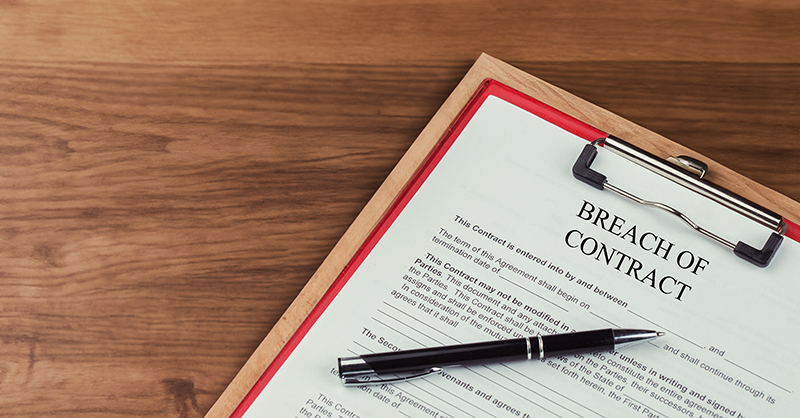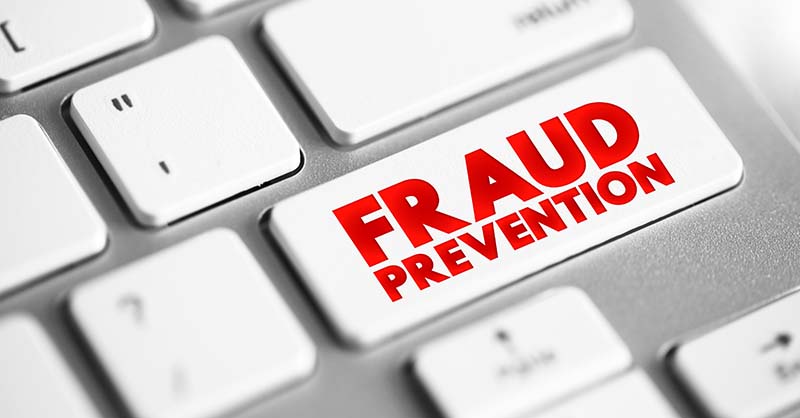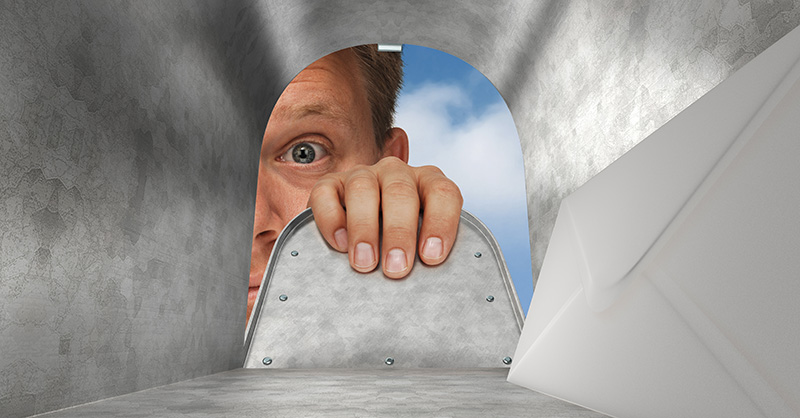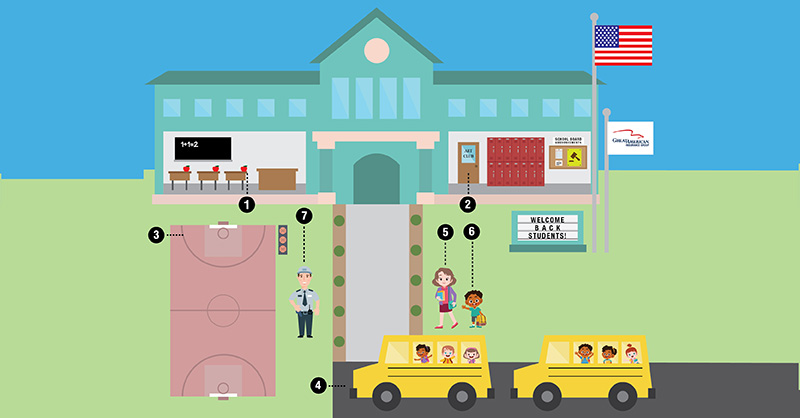Help Control Noise in Your Workplace

Occupational noise-induced hearing loss (ONIHL) is common in the workplace due to the nature of work. Many workers experience high levels of ONHIL from the use of various machines and tools.
Noise is typically measured using decibels or dBA. Below is a scale for decibel levels.
| 0 to 60 dBA | No hearing loss or damage |
| 60 to 85 dBA | Can cause hearing loss with extended exposure |
| 85 or more dBA | Immediate hearing loss and long-term damage |
While noise exposure can cause death in extreme cases, it more commonly causes disabilities that can impact individuals for the rest of their lives.
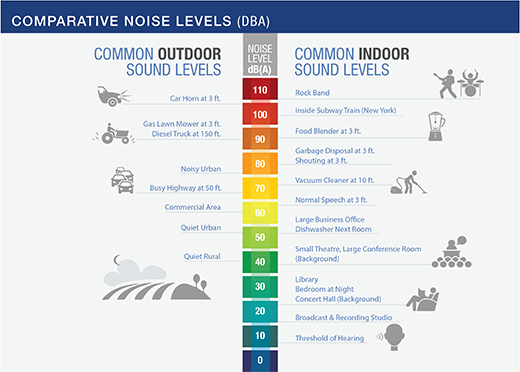
It is important to protect the health and safety of employees as well as the financial risk that results from OHNIL.
According to the National Institute for Occupational Safety and Health, almost 25% of all hearing cases result from occupational exposures throughout work. This leaves exposures open for companies who do not have adequate controls in place since it risks their employees' safety. This drives up healthcare costs and time off for related illness.
As industrial and infrastructure needs increase, employees will be expected to work around more heavy machinery and construction zones in large cities, which will result in higher noise pollution.
The Centers for Disease Control (CDC) recommends a ‘Hierarchy of Controls’ to reduce exposure to noise beginning with the most effective:
Eliminate the Noise
While it can be difficult to remove noise entirely when working in certain industries, it is usually possible to find alternative techniques for getting work done. This can be done by reducing the number of high-volume jobs taking place at a single time to help lower decibel levels.
Buy Quiet Equipment and Tools
Having to purchase new tools can be expensive, and sometimes even the most specialized tools can be ineffective at canceling noise. If possible, you should purchase quieter tools to help reduce the risk of hearing loss and to further protect businesses from additional medical expenses.
Control the Noise Hazard
Jobs require certain tools, and often the sound cannot be eliminated. Instead, limiting those exposed to the noise will reduce the risk of hearing loss. Exposure can be reduced by moving as many employees away from the loud equipment as possible and providing hearing protection to those using the tools.
Exposure Time Limits
Limiting exposure to employees is incredibly important. Controls should be implemented to ensure that employees are not overexposed to noise over dangerous limits. These controls can include placing limits on how long certain employees can operate machinery.
Personal Protective Equipment
Noise-canceling personal protective equipment can be inexpensive depending on the level at which you are working. Earplugs and earmuffs are useful tools in reducing noise. You should make sure that the noise reduction rating (NRR) is adequate for the job being performed.
The CDC and NIOSH provide data for popular tool brands on decibel levels and possible alternatives that can replace loud tools. They provide a decibel reader download that can be used to measure levels. Businesses can also purchase accurate hand-held readers that can be used on site.
Resources
CDC | Noise Controls
Federal Aviation Administration | Fundamentals of Noise and Sound
Occupational Safety and Health Administration | Occupational Noise Exposure
The National Institute for Occupational Safety and Health | Occupational Hearing Loss, Facts and Definition
For additional Loss Control guidance, please visit the Plan & Protect safety hub.
